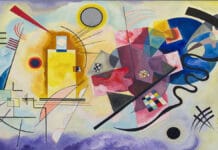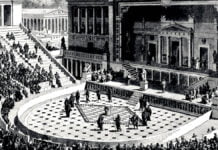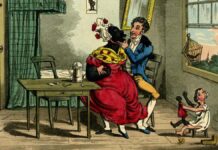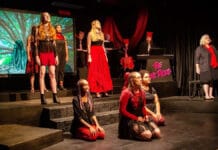Communication occurs through various channels and mediums, each adapted to suit different contexts and situations. This diversity forms the basis for classifying communication, which is essential for understanding the principles of effective interaction and enhancing communication skills. The fundamental types of communication are verbal, non-verbal, visual, and audio-visual. Communication can occur in both formal and informal settings. Each type serves unique purposes and is crucial in conveying messages effectively.
Verbal Communication
Verbal communication involves the use of spoken or written words to transmit messages. Spoken communication relies on tone, pitch, and clarity, significantly influencing the message received. Similarly, written communication depends on language choice and structure to effectively convey meaning. Verbal communication provides explicit and direct messages, making it a primary tool in personal and professional contexts.
Verbal communication is divided into two primary forms: oral and written communication.
Oral Communication
Oral communication involves the transmission of messages through spoken words. It is commonly used in face-to-face conversations, phone calls, presentations, speeches, and meetings. Oral communication can be formal or informal, depending on the context.
Formal oral communication occurs in settings like business meetings, interviews, and official phone calls, where professionalism and structure are paramount. In contrast, informal oral communication happens in casual conversations, such as chatting with friends or relatives at social gatherings.
Written Communication
Written communication relies on written words to convey messages and includes mediums such as emails, letters, reports, memos, notices, agendas, and text messages. Written communication is indispensable in both personal and professional contexts.
In professional settings, written communication is used for creating official records, sending orders, lodging complaints, and making formal agreements. Written documents can be referred to repeatedly, making them valuable for record-keeping and dissemination. Effective written communication requires clarity, coherence, and a tone appropriate for the audience and situation.
Both oral and written communication are foundational to human interaction, enabling people to express ideas, negotiate, collaborate, and build relationships.
Non-Verbal Communication
Non-verbal communication involves conveying messages without words. This includes body language, facial expressions, gestures, and posture. Non-verbal cues often reveal emotions and attitudes subtly than spoken or written words. For example, a person leaning toward someone while speaking may indicate interest, while facing away might suggest disinterest. Similarly, a firm handshake can convey confidence, while avoiding eye contact might imply discomfort or nervousness. Non-verbal communication complements verbal communication by adding depth, context, and emotional undertones, thus enhancing interactions and minimising misunderstandings.
Non-verbal communication occurs constantly, often unconsciously. It complements verbal communication by providing additional layers of meaning and context. One can interpret messages more accurately and enhance interpersonal interactions by understanding non-verbal cues. Verbal and non-verbal communication forms a dynamic interplay that strengthens understanding in various personal and professional scenarios.
Visual Communication
Visual communication uses visual aids such as charts, graphs, pictures, signs, and symbols to convey messages. Visuals often simplify complex information, making it more engaging and easier to understand. For instance, a pie chart can illustrate data distribution more effectively than written text.
Visual communication captures the audience’s attention, saves time, and is particularly useful for audiences facing language barriers or literacy challenges. Examples of everyday visual communication include traffic signs, maps, posters, bar graphs, and infographics.
However, visual elements should be carefully chosen to ensure they are universally understandable, even in cross-cultural contexts. Visuals enhance message retention, improve comprehension, and create a lasting impact when used effectively.
Audio-Visual Communication
Audio-visual communication combines visual elements with sound, creating a powerful medium for conveying messages. Examples include advertisements, television programs, films, video conferences, and multimedia presentations.
This form of communication is particularly effective because it engages multiple senses simultaneously, making the message more memorable and impactful. Audio-visual mediums are often used to tell stories, promote products, or connect with audiences emotionally. However, they can be expensive to produce and usually require specialised video and sound editing skills. Despite these challenges, audio-visual communication remains a compelling tool for reaching diverse audiences.
Understanding the types of communication —verbal, non-verbal, visual, and audio-visual —provides a comprehensive framework for improving communication skills. Each type serves a unique purpose and is suited to different contexts. Verbal communication ensures explicit messaging, while non-verbal cues add depth and emotional context. Visual communication simplifies and enhances understanding, and audio-visual communication creates a lasting impact by engaging multiple senses.
By mastering these types of communication, individuals can navigate diverse settings, adapt to different audiences, and achieve effective, meaningful interactions in both personal and professional domains.



























